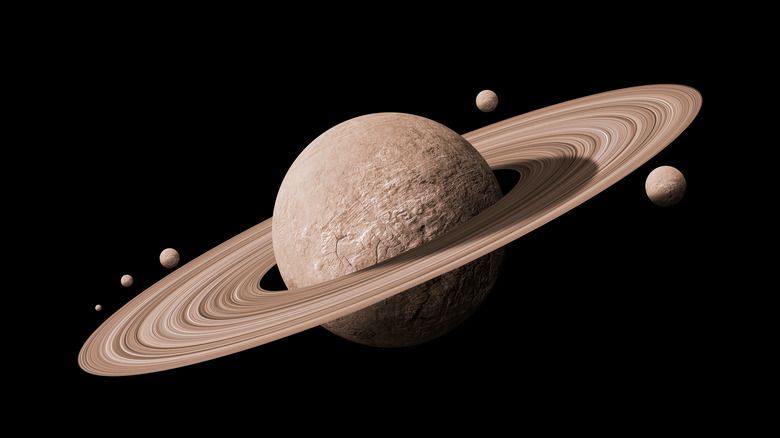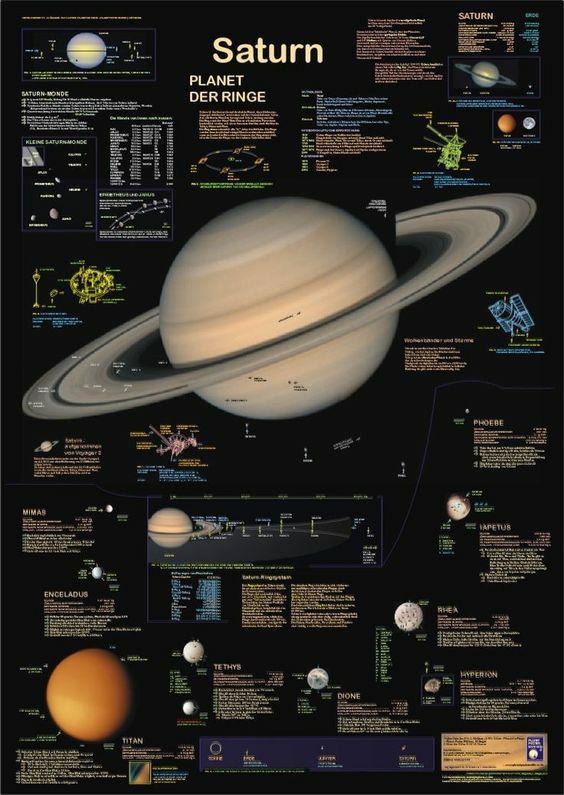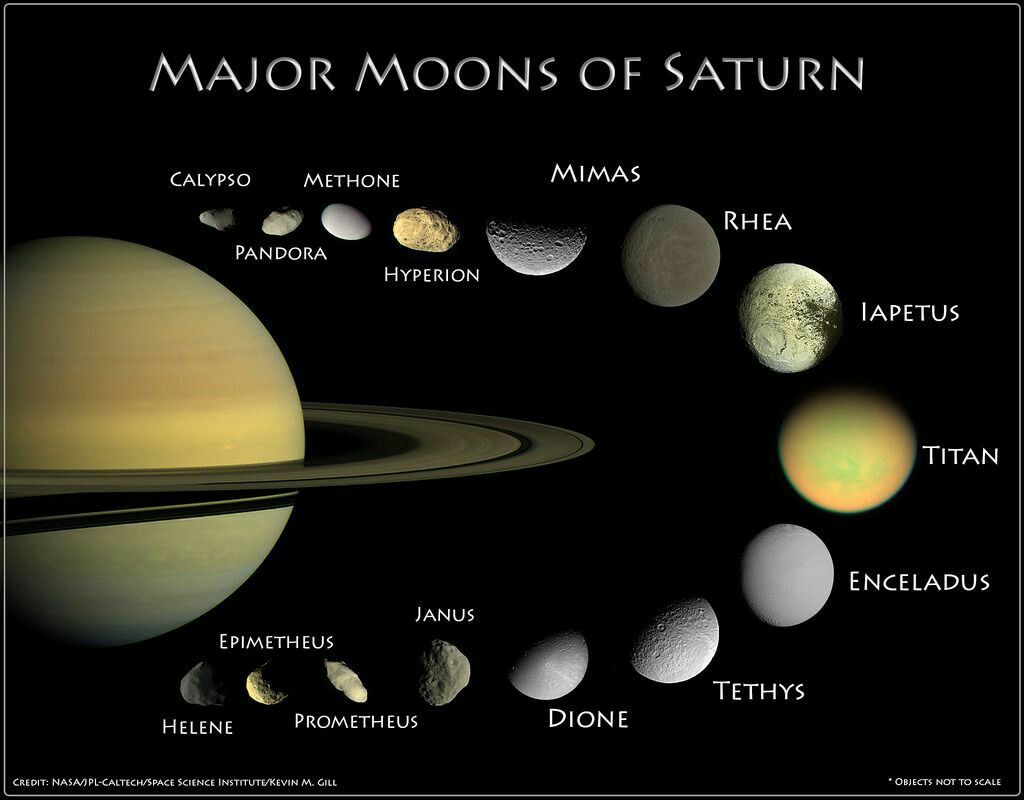Saturn has the most natural satellites in the Solar System, with 62 new moons discovered.
Saturn, the sixth planet from the Sun and the second-largest in our Solar System, is known for its mesmerizing rings. However, it is not just the rings that make Saturn a fascinating celestial body. This gas giant also holds the distinction of having the most natural satellites in our Solar System. With recent discoveries, the number of moons orbiting Saturn has reached a staggering 62.
Saturn’s extensive moon system has captivated astronomers and space enthusiasts alike. The discovery of these new moons provides valuable insights into the formation and evolution of the planet and its surroundings. While some of Saturn’s moons are relatively large and well-known, such as Titan and Enceladus, many of the newly discovered moons are small and have only been detected in recent years.
The discovery of these moons is a result of advancements in observational technology and the diligent work of astronomers. In 2019, a team of scientists led by Scott S. Sheppard utilized the Subaru telescope in Hawaii to conduct a systematic survey of the outer Solar System. Their efforts paid off when they identified 20 new moons around Saturn, bringing the total count to 82 at the time.
Continuing their exploration, Sheppard and his team made another groundbreaking discovery in 2020. They announced the detection of 20 more moons orbiting Saturn, pushing the grand total to an impressive 102. These newfound moons are relatively small, with diameters ranging from one to five kilometers. Most of them have irregular shapes and are believed to be remnants of larger bodies that broke apart due to collisions with asteroids or comets.
The diverse nature of Saturn’s moons presents a rich field for scientific study. For instance, Titan, Saturn’s largest moon, is known to possess a thick atmosphere and liquid methane lakes. It is one of the most Earth-like worlds in our Solar System and has even captured the attention of researchers exploring the possibility of extraterrestrial life.
Enceladus, another intriguing moon of Saturn, has geysers erupting from its south pole. These geysers spew water vapor, suggesting the presence of a subsurface ocean. Scientists speculate that this subsurface ocean might harbor conditions favorable for life.
The discovery of these new moons around Saturn not only expands our knowledge of the planet’s moon system but also provides valuable insights into the dynamics of the outer Solar System. The moons’ orbital characteristics and interactions with Saturn’s rings and other moons offer clues about the history and formation of this fascinating planetary system.
As our exploration of the Solar System continues, we can expect further discoveries and a deeper understanding of the wonders that lie beyond our home planet. Saturn, with its impressive moon system, serves as a reminder of the vastness and complexity of our celestial neighborhood. The ongoing exploration of Saturn and its moons fuels our curiosity and inspires us to unravel the mysteries of the cosmos.
Hits: 70









